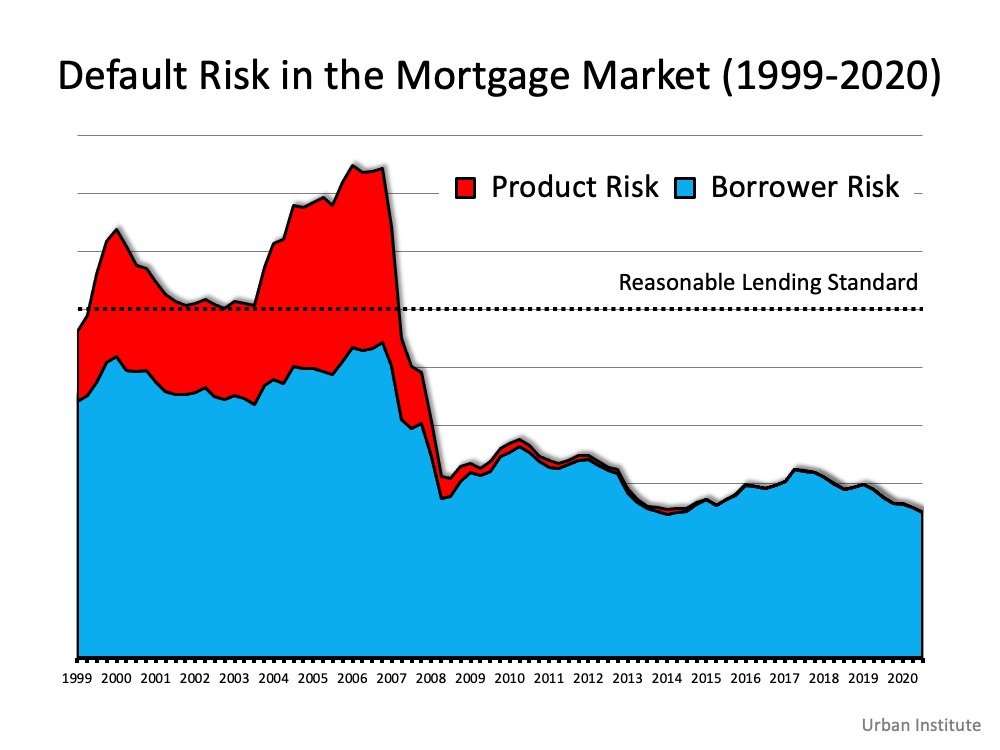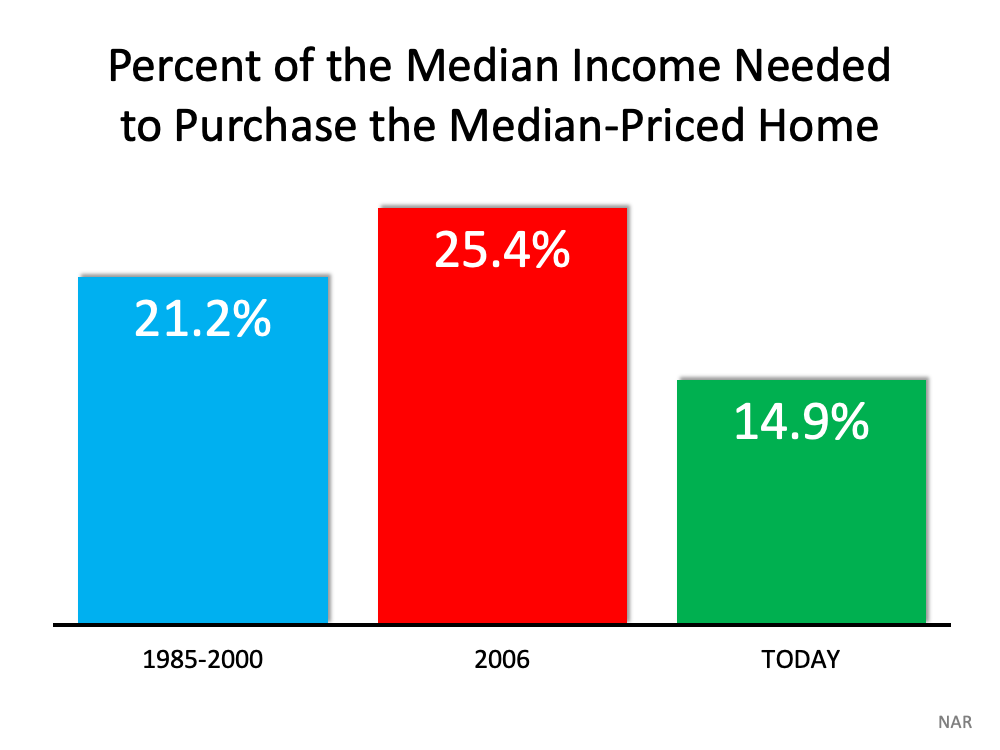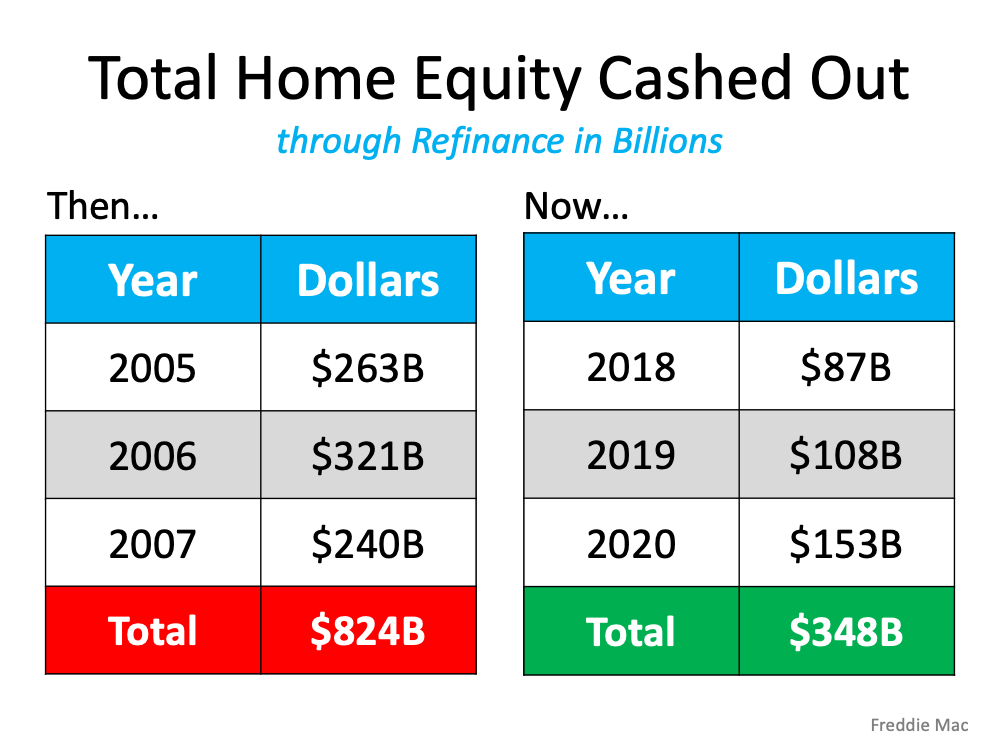Easy Ways to Make Your Home More Pet Friendly
Pet-Friendly Homes
There are a few different concerns you should consider when trying to come up with ways to make your home more pet friendly. Think about whether there are any areas of the home that your pet might get hurt or sick if they get into. Do you have a pet that’s likely to chew on things? Stop to consider what those things it chews on are made of. Take an inventory of all the things that you don’t want your pet to damage or break; how many of them can’t be replaced?
As you can see, pet friendliness includes more than just restricting access to certain parts of the home. A truly pet-friendly home is one that will keep your pet safe in many ways while also protecting important items from your pets. There are a few different ways to go about this, of course, and there is no one right answer when it comes to how you should approach making your home more pet friendly.
Common Pet-Proofing Techniques
The way that you approach pet proofing and making your home more pet friendly will depend in large part on how your home is designed and decorated. With that said, here are a few ideas to serve as starting points for your pet-friendly revamp.
- Check the interior of your home for peeling paint or similar problems, especially if you have an older home. Some paints contain materials that could be toxic for pets, so removing peeling paint areas and giving everything a fresh coat of pet-safe paint can help to keep your companions safe.
- Secure potentially dangerous areas like stairwells, fireplaces, and crawlspace access points. Replace rusted or loose coverings to make sure that they can’t be pulled back or shaken free by a determined pet. Then install baby gates or other barriers as needed which will allow you to get through but prevent passage by those without opposable thumbs.
- Lock up cleaners and other chemicals where your pets can’t access them. Some scented cleaners may smell like food to pets, and even non-toxic chemicals can still make pets sick or cause other problems if ingested. If you have medications in the home, they should be locked up similarly.
- Get a trash can with a sturdy lid, preferably one that can be operated hands free. This will not only keep trash from being spread out in your home but can also keep pets from eating things that they really shouldn’t.
Of course, this is just the start of ways to secure your home and make it safe for your pets. Regardless of the specifics, though, the end goal is to make sure that there are fewer things within reach of your pets that could potentially cause them harm.
Pet-Friendly Remodeling
In some cases, more extensive work might be required for your home to be truly pet friendly. Stop and consider whether any changes need to be made to your home’s layout to eliminate hazards or otherwise protect your pets and keep them out of places they don’t need to be. You should also talk to contractors, landscapers, and others to make sure that you’re choosing pet-friendly materials and plants for your home.
If you need to do some remodeling but want to make sure that it’s as pet friendly as possible, HomeKeepr can help. Sign up for a free account today to find contractors and other pros who not only know their business but know how to make your home safe for your pets as well.














